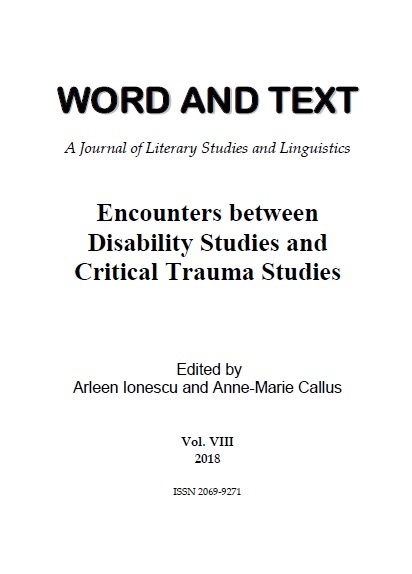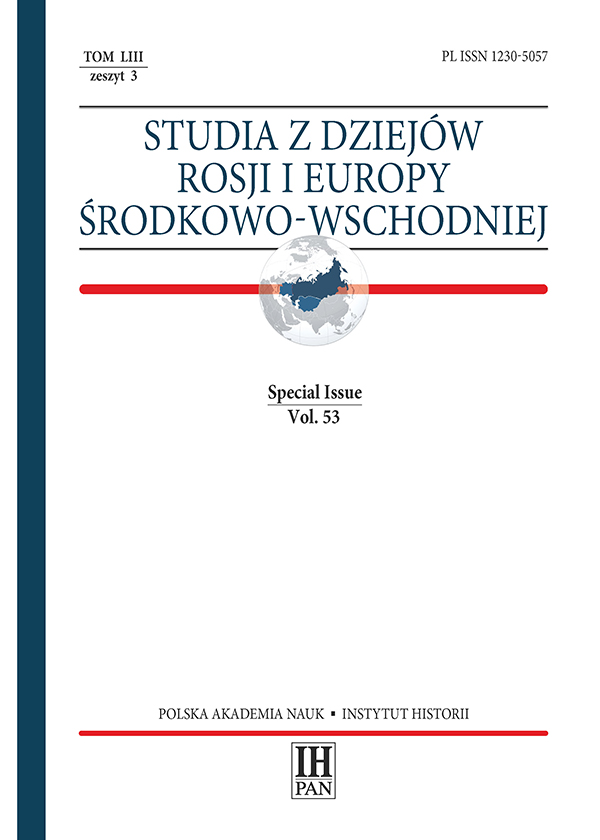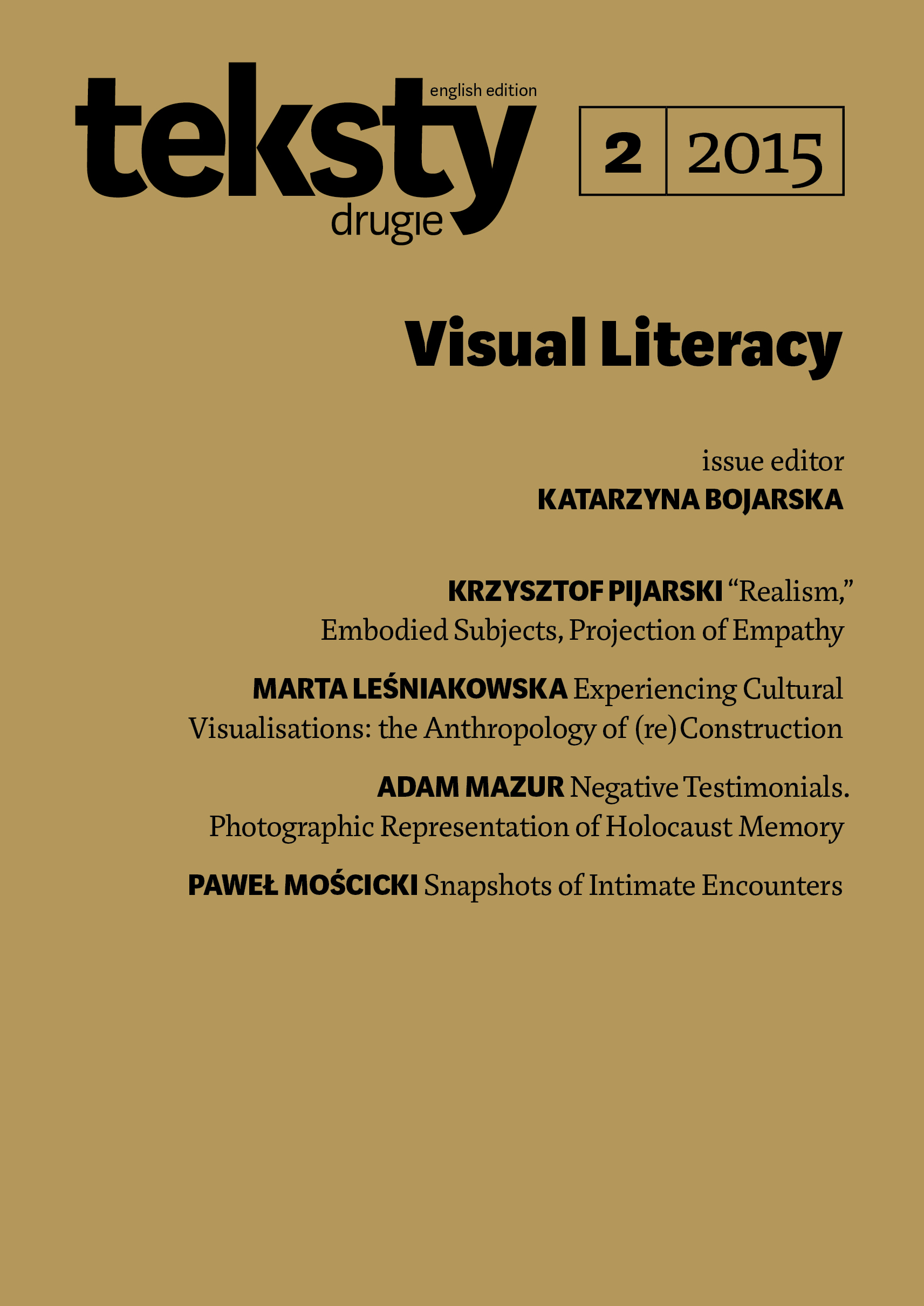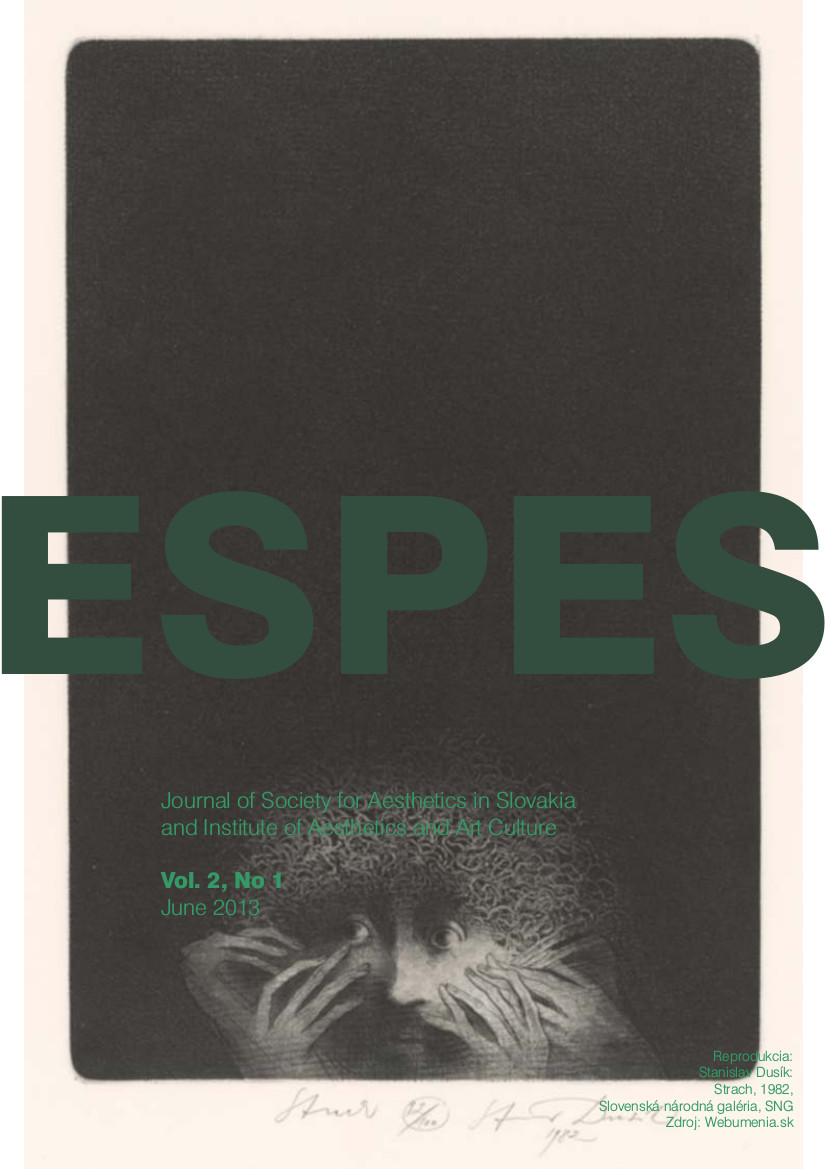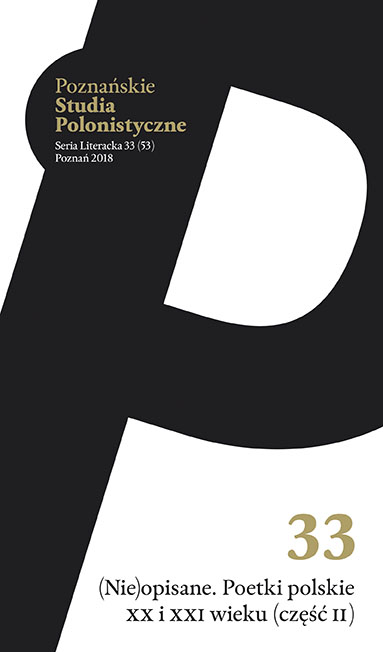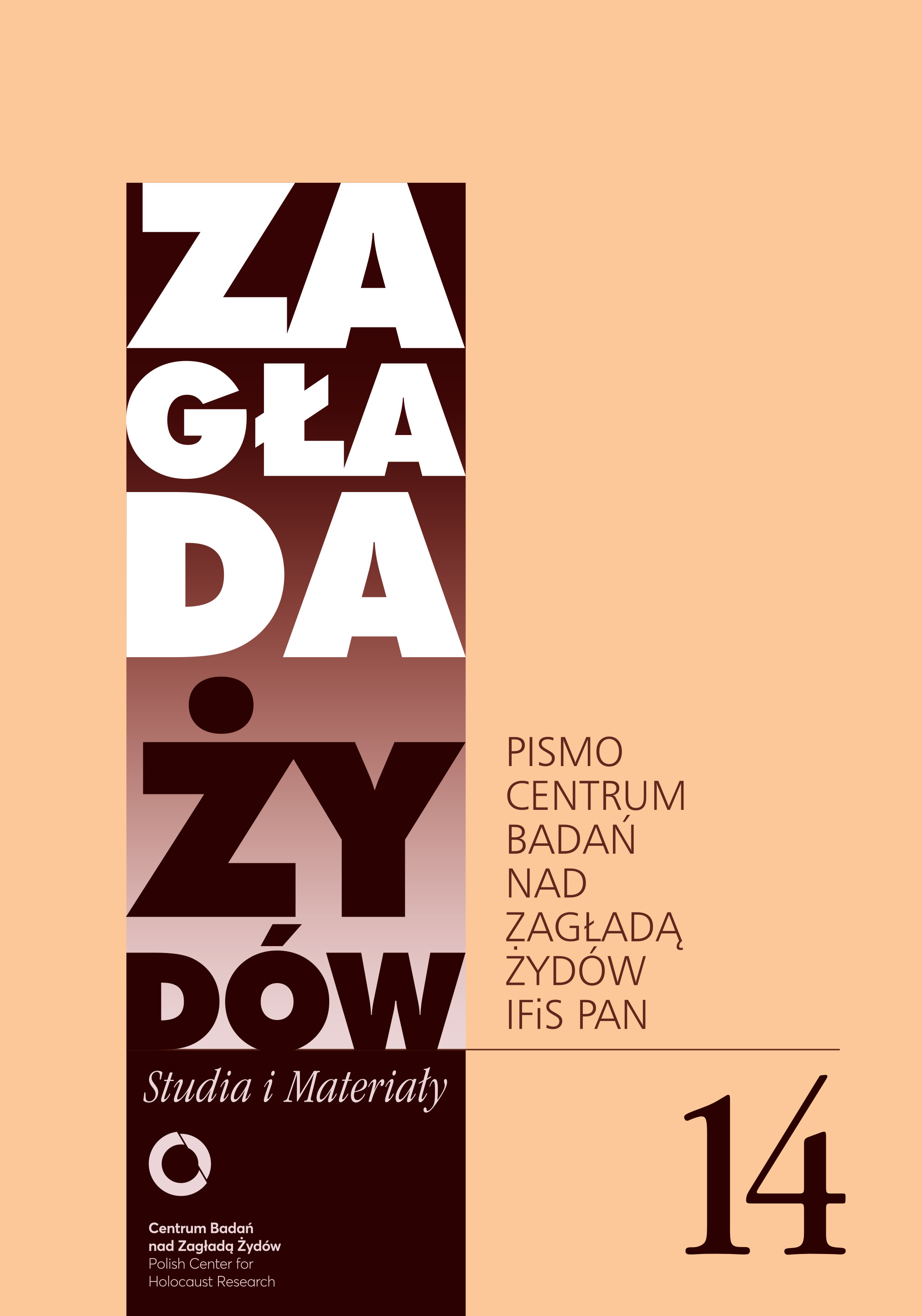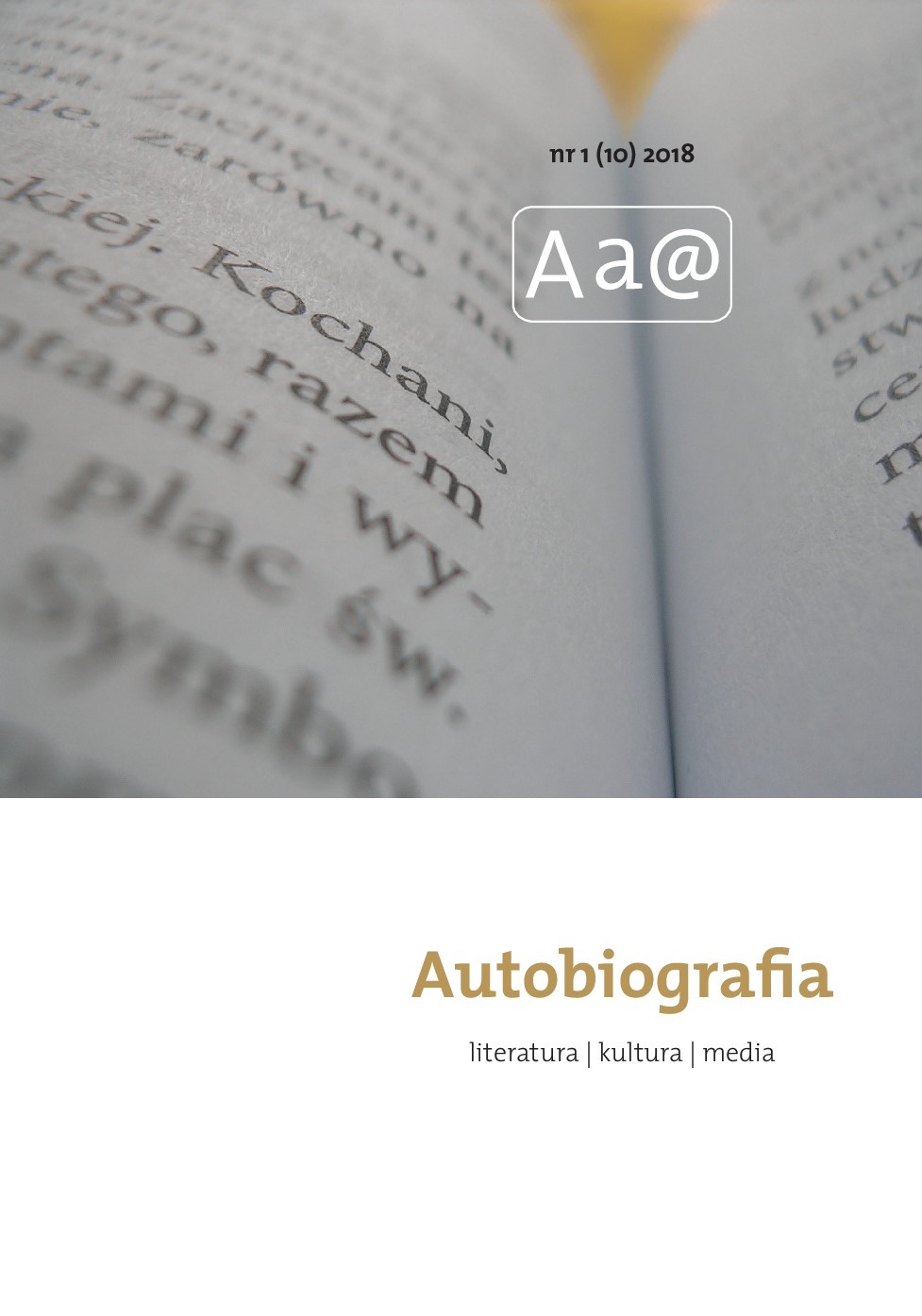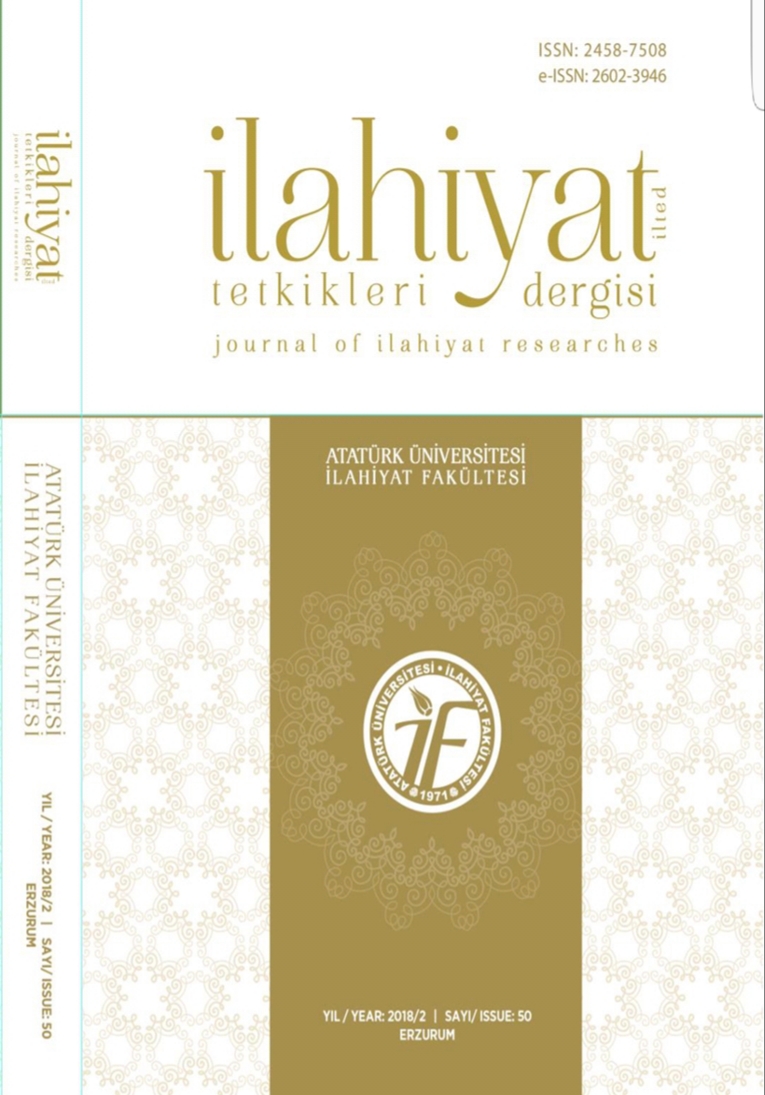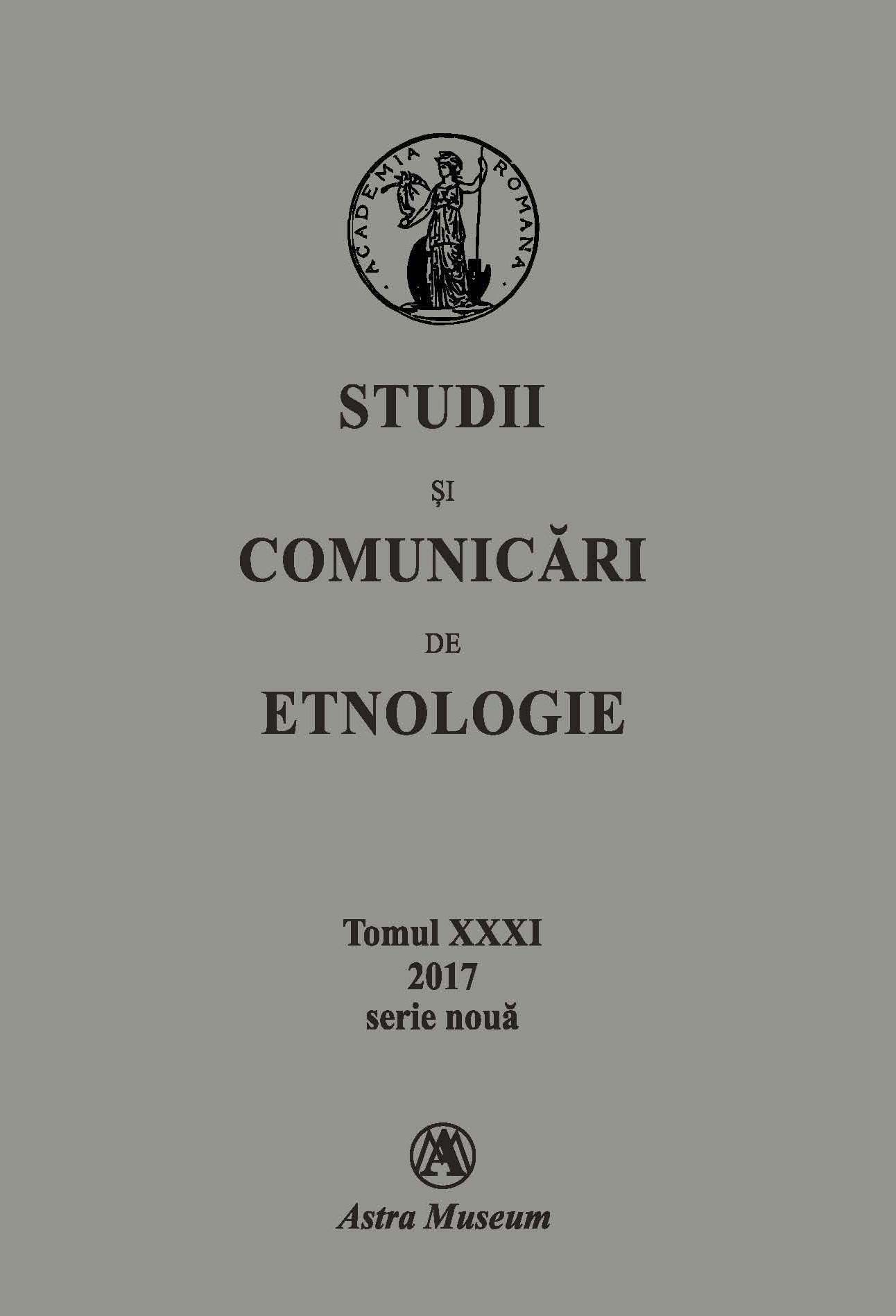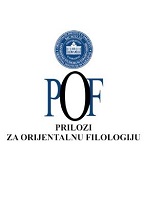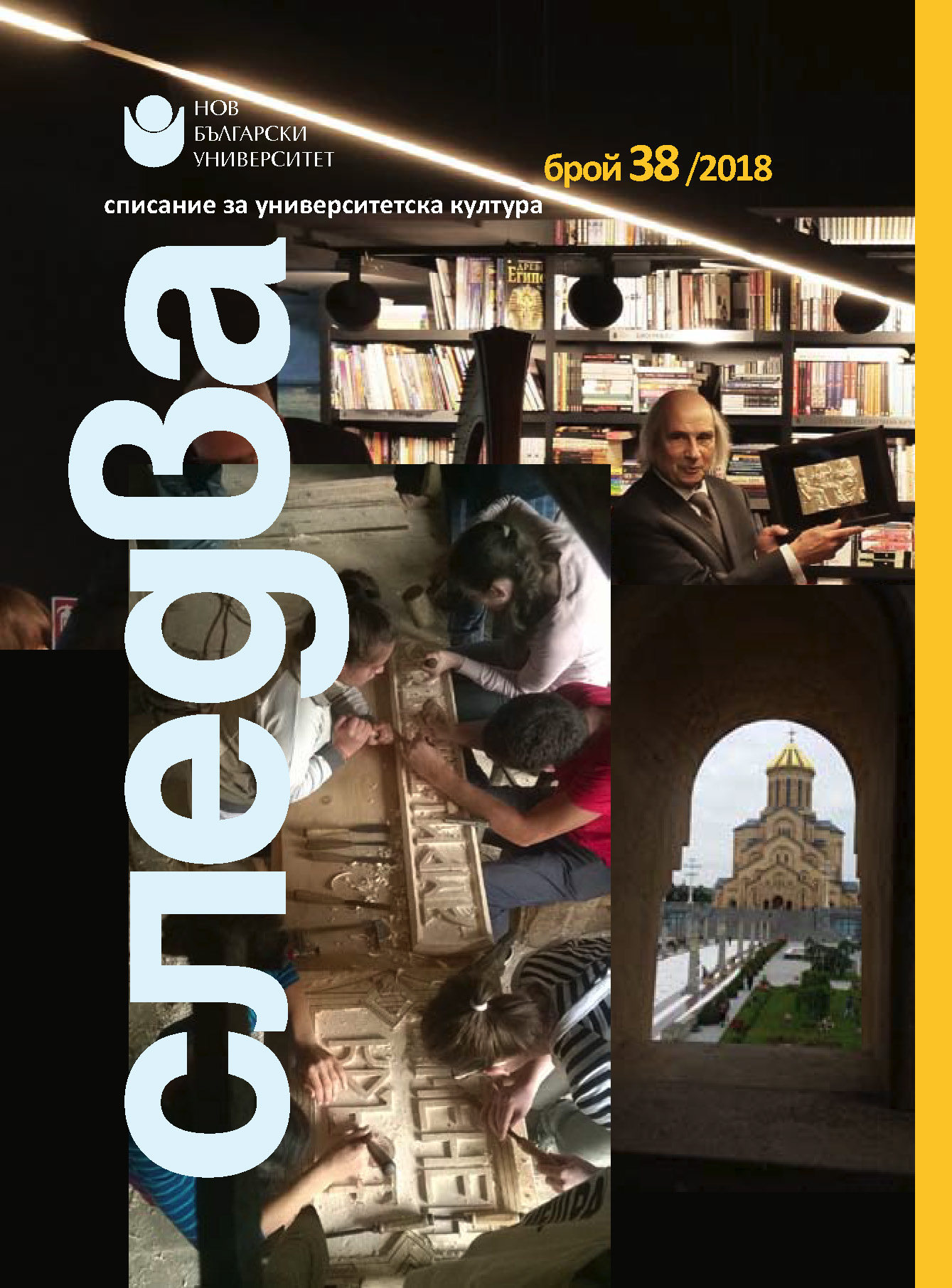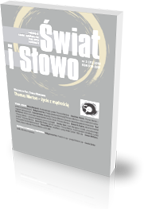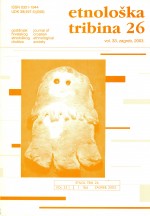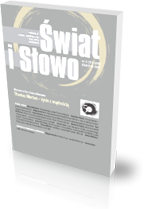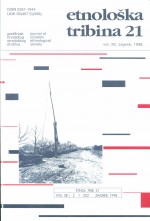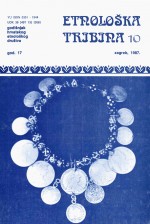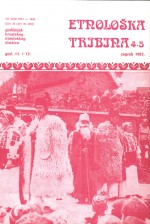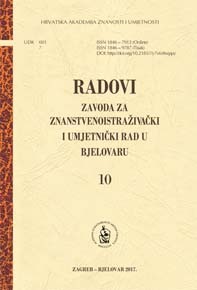
Akademici Vojin Bakić, Edo Murtić, Vladimir Marković: susret u zavičaju
The paper Akademici Vojin Bakić, Edo Murtić, Vladimir Marković: susret u zavičaju (AcademyMembers Vojin Bakić, Edo Murtić, Vladimir Marković: Meeting in the Home Country) follows the life-and-work attachment of three members of the Department of Fine Arts of the Croatian Academy of Sciences and Arts to their native places – Bjelovar, Velika Pisanica and Daruvar in the present Bjelovar-Bilogora County. Out of the three, Vojin Bakić lived in his hometown longest – until he graduated from secondary school. Edo Murtić left Velika Pisanica as a pre-school child, while Vladimir Marković was but a newborn when his family left Daruvar.However, through exhibitions and paintings at the City Museum (Murtić); gallery works and public sculptures (Bakić); and scientific work (Marković), it is possible to follow the trace of their comeback to their native place.
More...
